Discover the Parts of a Compound Bow – Essential Components Unveiled
Understanding the components that make up a compound bow is essential for both beginners and seasoned archers alike. In this article, I will provide a comprehensive overview of the different parts of a compound bow, their functions, and offer helpful suggestions on selecting the right components for your needs.
1. Introduction
Archery, an art that has transcended centuries, finds its pinnacle in the modern marvel known as the compound bow. As a seasoned archery enthusiast, I’m eager to unravel the intricacies of this exceptional piece of engineering. The compound bow, with its intricate system of cams, cables, and pulleys, has revolutionized the world of archery, endowing enthusiasts with unprecedented power, precision, and control. In this comprehensive guide, we’ll not only dissect the various components of a compound bow, but also delve into the art of selecting, fine-tuning, and maintaining them. Whether you’re a novice eager to embark on your archery journey or a seasoned archer looking to refine your craft, this guide promises to be your compass through the captivating realm of compound bows.
2. Understanding the Basics of a Compound Bow
What is a compound bow?
A compound bow is a modern-day bow equipped with a system of cables, cams, and pulleys, designed to provide the archer with increased power, speed, and accuracy. It utilizes mechanical advantage to store energy in the limbs and release it efficiently upon shooting.
How does a compound bow work?
When an archer draws the string of a compound bow, the cams and pulleys rotate, allowing the limbs to reach their maximum draw weight. At full draw, the cams lock into a let-off position, reducing the holding weight the archer needs to exert. This feature enables archers to hold the bow at full draw for longer periods, improving stability and accuracy.
Components of a compound bow
A compound bow consists of several key components that work together to deliver optimal performance. Let’s explore each of these components in detail.
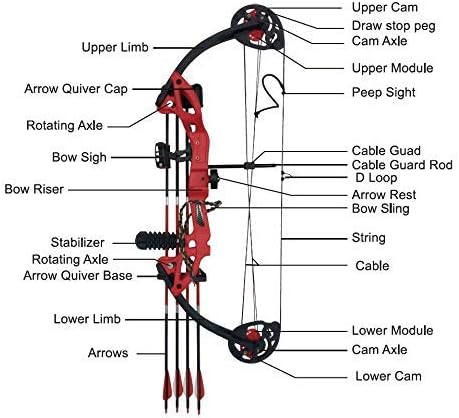
3. Main Components of a Compound Bow
Riser
The riser, also known as the handle or grip, is the central part of the compound bow. It provides the foundation and stability for the entire bow assembly. The riser is typically made of lightweight, durable materials such as aluminum or carbon fiber. It houses various attachments like the limbs, sight, arrow rest, and stabilizer.
Limbs
The limbs of a compound bow are flexible components that store and release energy during the shooting process. They are attached to the riser and are made of composite materials like fiberglass or carbon fiber. Limbs come in different lengths and draw weights, allowing archers to choose the appropriate combination for their shooting style and strength.
Cam System
The cam system is one of the defining features of a compound bow. It consists of cams or wheels attached to the limb tips. The cam system plays a crucial role in reducing the draw weight at full draw and provides a let-off, allowing the archer to hold the bow more comfortably. There are various types of cam systems, including single cams, binary cams, and hybrid cams, each with its unique advantages.
Cables and Strings
Cables and strings are essential components that transmit the energy stored in the limbs to propel the arrow forward. They are typically made of high-quality materials such as Dyneema or Fast Flight. Cables control the movement of the cams, ensuring synchronization, while the string connects the cams and provides the power to launch the arrow.
Bowstring Dampeners
Bowstring dampeners, also known as string suppressors, are accessories attached to the bowstring. They reduce noise and vibrations caused by the release of the arrow. Dampeners play a significant role in improving shooting comfort and reducing hand shock.
Grip
The grip is the part of the riser where the archer holds the bow. It is designed to provide a comfortable and secure hold while shooting. Grips can vary in shape, size, and material, allowing archers to choose the one that best suits their hand size and shooting style.
Arrow Rest
The arrow rest is a crucial component that supports the arrow before and during the shot. It keeps the arrow in position, ensuring proper alignment and clearance for a clean release. There are different types of arrow rests, including full capture rests and drop-away rests, each with its own advantages and considerations.
Sight
A sight is an aiming aid mounted on the riser of a compound bow. It consists of pins or fiber optics that provide a visual reference for aiming at the target. Sights can be adjustable, allowing archers to fine-tune their aim based on distance and shooting conditions.
Stabilizer
A stabilizer is an accessory attached to the front of the bow. It helps to reduce bow torque, vibrations, and oscillations during the shot. Stabilizers come in various lengths and weights, and they significantly improve shooting stability and accuracy.
4. Importance of Each Component
Understanding the importance of each component is vital in optimizing your compound bow’s performance. Let’s delve into the significance of these components:
Riser: The Foundation of the Bow
The riser provides structural integrity to the bow and houses various attachments. Its design and material affect the overall weight, balance, and vibration dampening capabilities of the bow. A well-designed riser ensures stability, comfort during the shot, and contributes to accurate shooting.
Limbs: Generating Power
The limbs of a compound bow store and release energy when the bow is drawn and the string is released. The quality and design of the limbs significantly impact the bow’s power, speed, and efficiency. Choosing limbs with appropriate draw weight and length for your shooting style and strength is crucial for optimal performance.
Cam System: Providing Mechanical Advantage
The cam system plays a vital role in reducing the draw weight at full draw, allowing archers to hold the bow steadier and longer. Different cam designs offer varying levels of let-off, providing archers with more comfort and control. Understanding the advantages and disadvantages of different cam systems helps in selecting the one that suits your shooting preferences.
Cables and Strings: Transferring Energy
Cables and strings are responsible for transferring the energy stored in the limbs to propel the arrow forward. High-quality cables and strings with proper maintenance ensure efficient energy transfer, consistent arrow flight, and durability. Regular inspection and replacement of worn-out cables and strings are necessary for optimal performance.
Bowstring Dampeners: Reducing Vibrations
Bowstring dampeners play a crucial role in reducing noise and vibrations caused by the release of the arrow. By minimizing hand shock and vibrations, bowstring dampeners enhance shooting comfort and stability. Choosing the right dampener and properly installing it on the bowstring can significantly improve your shooting experience.
Grip: Enhancing Stability and Control
The grip is the interface between the archer and the bow. A comfortable and ergonomic grip allows for a consistent and secure hand placement, improving stability and control during the shot. Experimenting with different grip styles and materials can help find the one that suits your hand size and shooting preferences.
Arrow Rest: Supporting the Arrow
The arrow rest provides support and guidance to the arrow during the shot. It ensures proper arrow alignment and clearance, minimizing contact and interference that can affect arrow flight. Selecting an arrow rest that suits your shooting style and arrow type is essential for consistent accuracy.
Sight: Aiming Aid
A sight assists archers in aiming at the target. It provides visual reference points, such as pins or fiber optics, that help align the bow with the target accurately. Choosing a sight with adjustable features and a design that complements your shooting style allows for precise aiming and improved consistency.
Stabilizer: Reducing Torque and Vibrations
A stabilizer plays a crucial role in reducing bow torque, vibrations, and oscillations during the shot. It adds weight and balance to the front of the bow, improving stability and dampening unwanted movements. A properly chosen stabilizer based on your shooting needs can enhance accuracy and consistency.
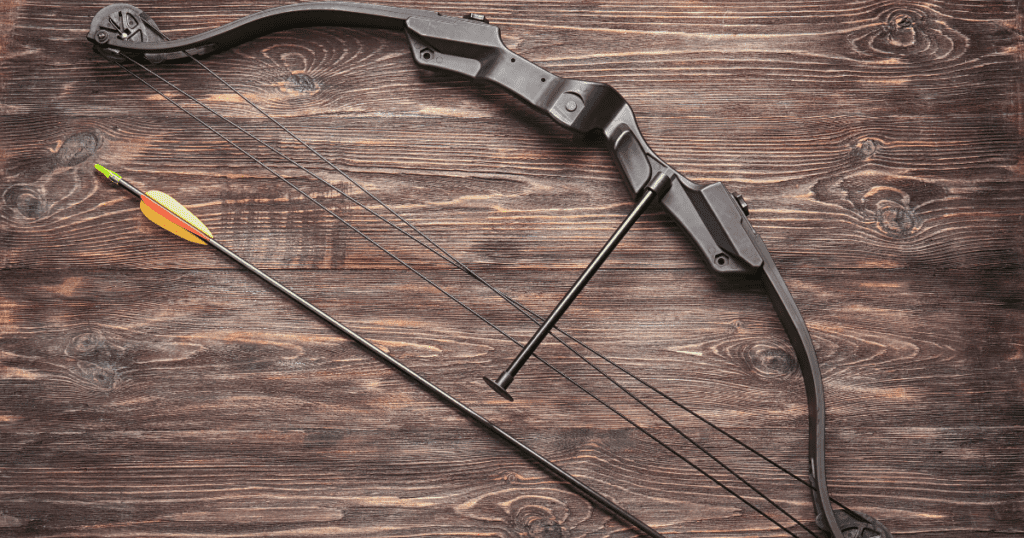
5. Choosing the Right Components for Your Compound Bow
Selecting the right components for your compound bow is essential for optimizing its performance and meeting your shooting requirements. Here are some factors to consider:
Understanding your shooting style and purpose
Consider your shooting style, whether it’s target shooting, bow hunting, or competitive archery. Different shooting styles have varying requirements in terms of speed, accuracy, and adjustability. Identifying your primary purpose will help you prioritize certain components over others.
Factors to consider when selecting components
Pay attention to factors such as material quality, durability, adjustability, and compatibility with your bow. High-quality materials ensure longevity and consistent performance. Adjustable components allow you to fine-tune your bow to suit your preferences. Compatibility with your specific bow model is crucial for proper fitment and functionality.
Adjustability and customization options
Consider components that offer adjustability and customization options, such as draw weight and length adjustments, cam settings, and sight adjustments. These features allow you to fine-tune your bow to achieve optimal performance and cater to your specific shooting needs. Having the ability to make adjustments as you progress in your archery journey is invaluable.
6. Maintenance and Care of Compound Bow Components
To ensure the longevity and consistent performance of your compound bow, proper maintenance and care of its components are essential. Here are some guidelines to follow:
Regular inspection and cleaning
Regularly inspect your bow’s components for any signs of wear, damage, or loose connections. Clean the bow, including the riser, limbs, and cams, using a soft cloth or brush to remove dirt, debris, and moisture. Pay special attention to the cams, cables, and strings to ensure they are in good condition.
Replacing worn-out components
If you notice any worn-out or damaged components, such as frayed strings, cracked limbs, or loose cables, it’s crucial to replace them promptly. Operating a compound bow with faulty components can compromise your safety and accuracy. Consult with a professional or a knowledgeable bow technician to ensure proper replacement and installation.
Proper storage and transportation
When not in use, store your compound bow in a cool, dry place away from direct sunlight and extreme temperatures. Consider using a bow case or bag specifically designed for compound bows to protect them during transportation. Secure all components, such as sights and stabilizers, to prevent damage during movement.
7. Conclusion
Understanding the various parts of a compound bow is essential for archers of all skill levels. Each component plays a crucial role in the bow’s performance and contributes to accuracy, power, and shooting comfort. By carefully selecting and maintaining the right components, you can optimize your compound bow’s performance and enhance your overall archery experience.
Remember, choosing the appropriate components involves considering your shooting style, purpose, adjustability options, and compatibility with your bow. Regular maintenance and care of your compound bow components ensure their longevity and consistent performance. Enjoy the journey of exploring and customizing your compound bow to suit your unique shooting preferences.
FAQs (Frequently Asked Questions)
Q: Can I use different brands of components on my compound bow?
While it’s generally possible to mix and match components from different brands, it’s recommended to consult with a bow technician or manufacturer to ensure compatibility and optimal performance.
Q: How often should I replace my bowstring and cables?
The lifespan of bowstrings and cables depends on various factors such as frequency of use, environmental conditions, and maintenance. It’s advisable to inspect them regularly and replace them when signs of wear or damage are evident.
Q: Should I choose a high let-off cam system for my compound bow?
The choice of cam system depends on your shooting style and preferences. High let-off cam systems provide more comfort during full draw, but they may sacrifice some speed. Consider your priorities and test different cam systems to find the one that suits you best.
Q: Is it necessary to use a stabilizer on a compound bow?
While not mandatory, a stabilizer can significantly improve stability, reduce bow torque, and dampen vibrations. It’s recommended for archers looking to enhance their accuracy and shooting consistency.
Q: Can I adjust the draw weight and length of my compound bow?
Many compound bows offer adjustability in draw weight and length. However, the extent of adjustability varies between models. Consult the manufacturer’s guidelines or seek assistance from a professional to make proper adjustments.


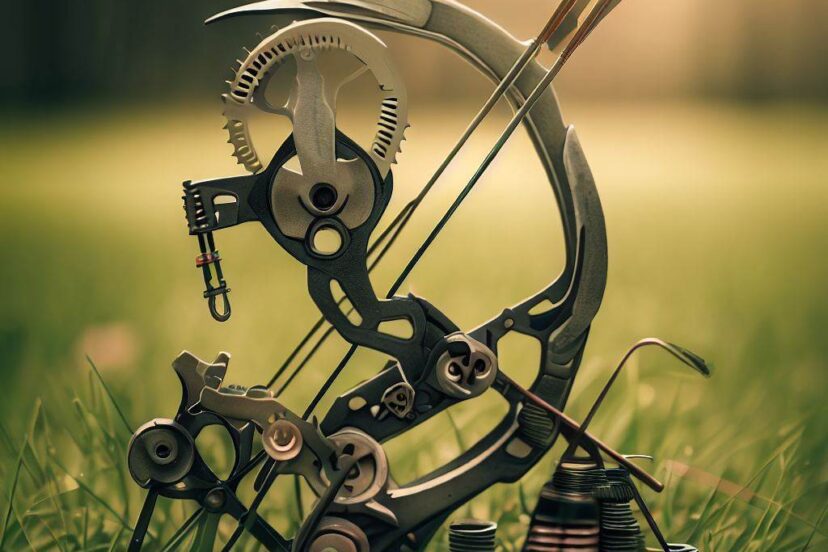
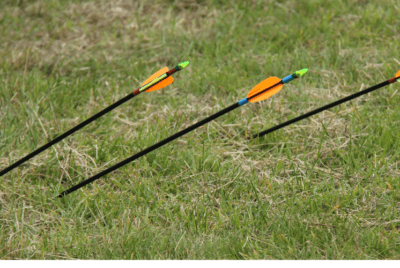

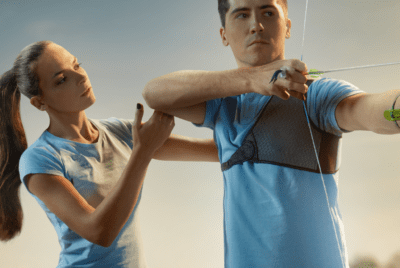
Comments are closed.